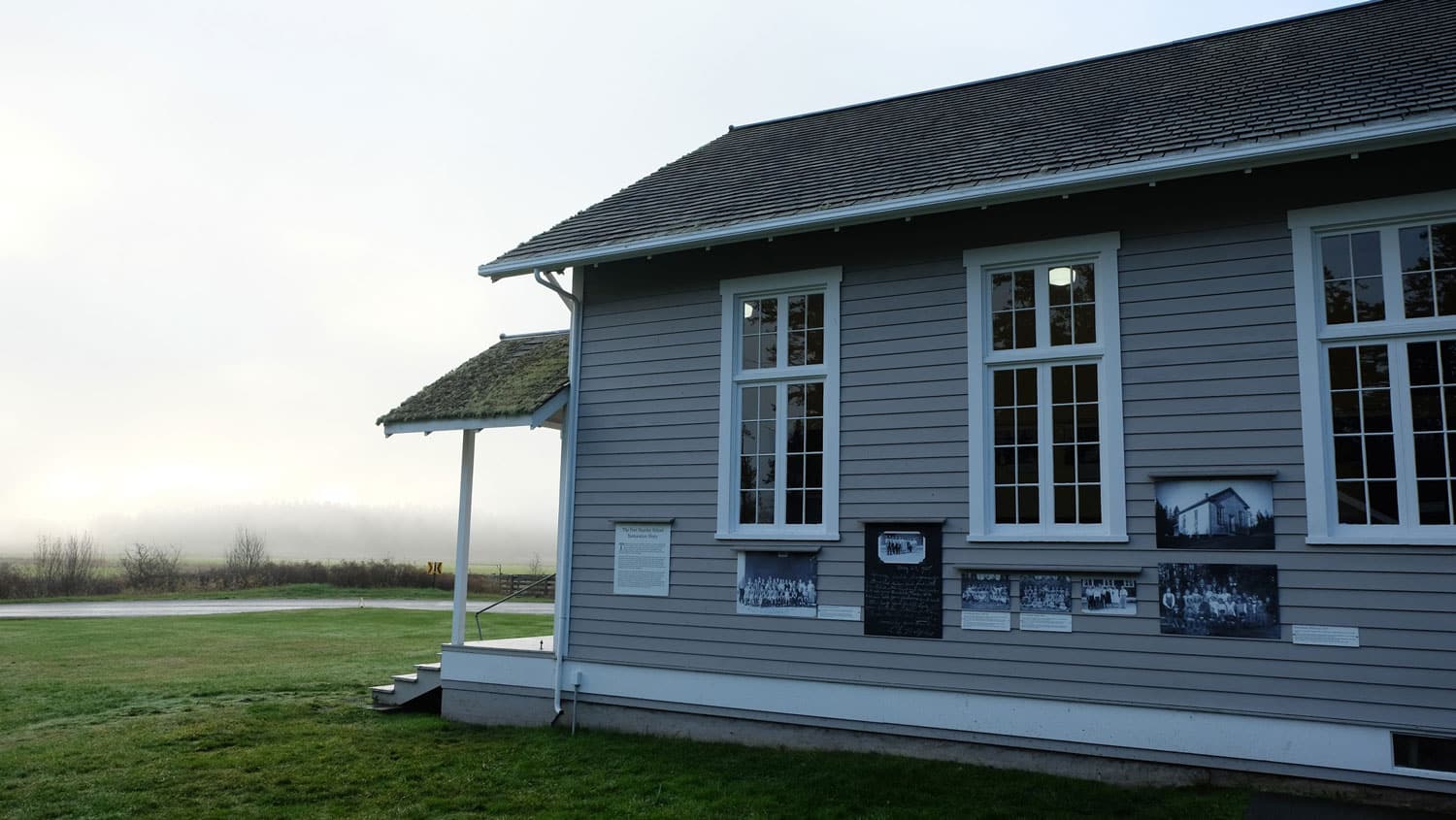Family Outing by Bill Holm
Impacts of Colonization on the Straits Salish
The San Juan Islands are the traditional territory of the Straits Salish people. Beginning in 1790, they continued to inhabit the islands, but were impacted by European exploration, the fur trade, new diseases, treaties, homestead acts, and Euro-American exploitation of the salmon fishery. Today the Straits Salish remain connected to the islands through fishing, culture, language, Canoe Journeys, and more.
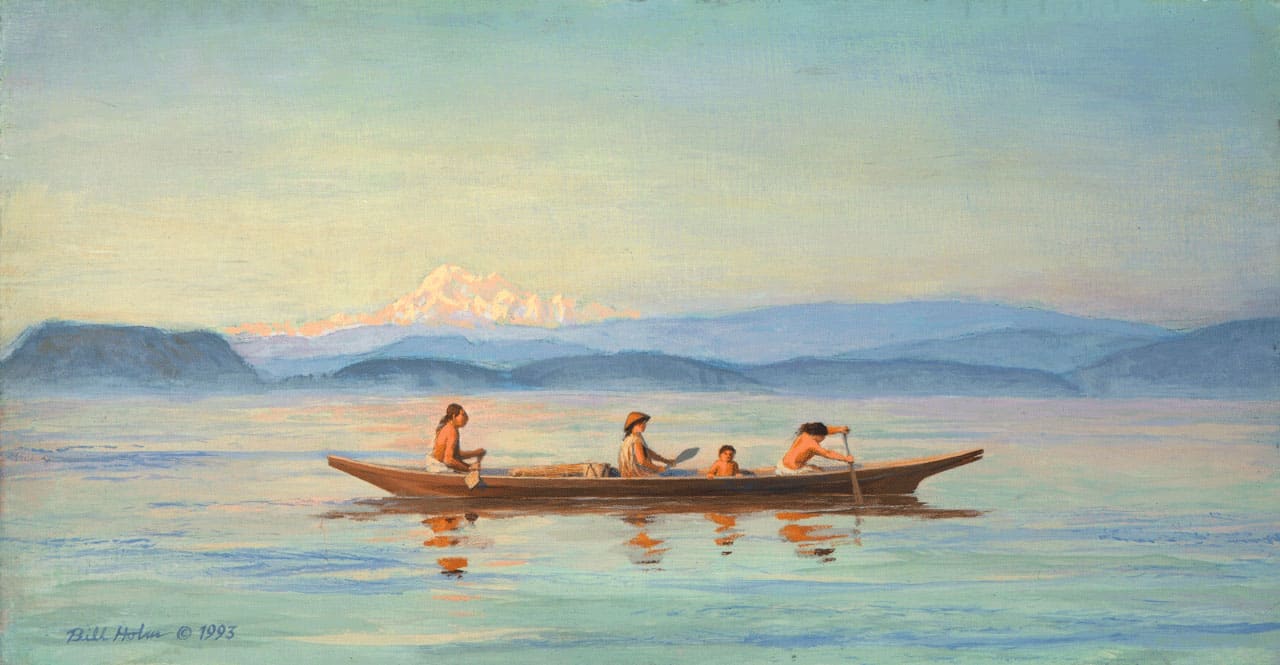
Family Outing by Bill Holm
Fisherman Bay, 1945-1955
Tourism arrives on the scene to add a new layer to the traditional economies of farming, fishing, and services.
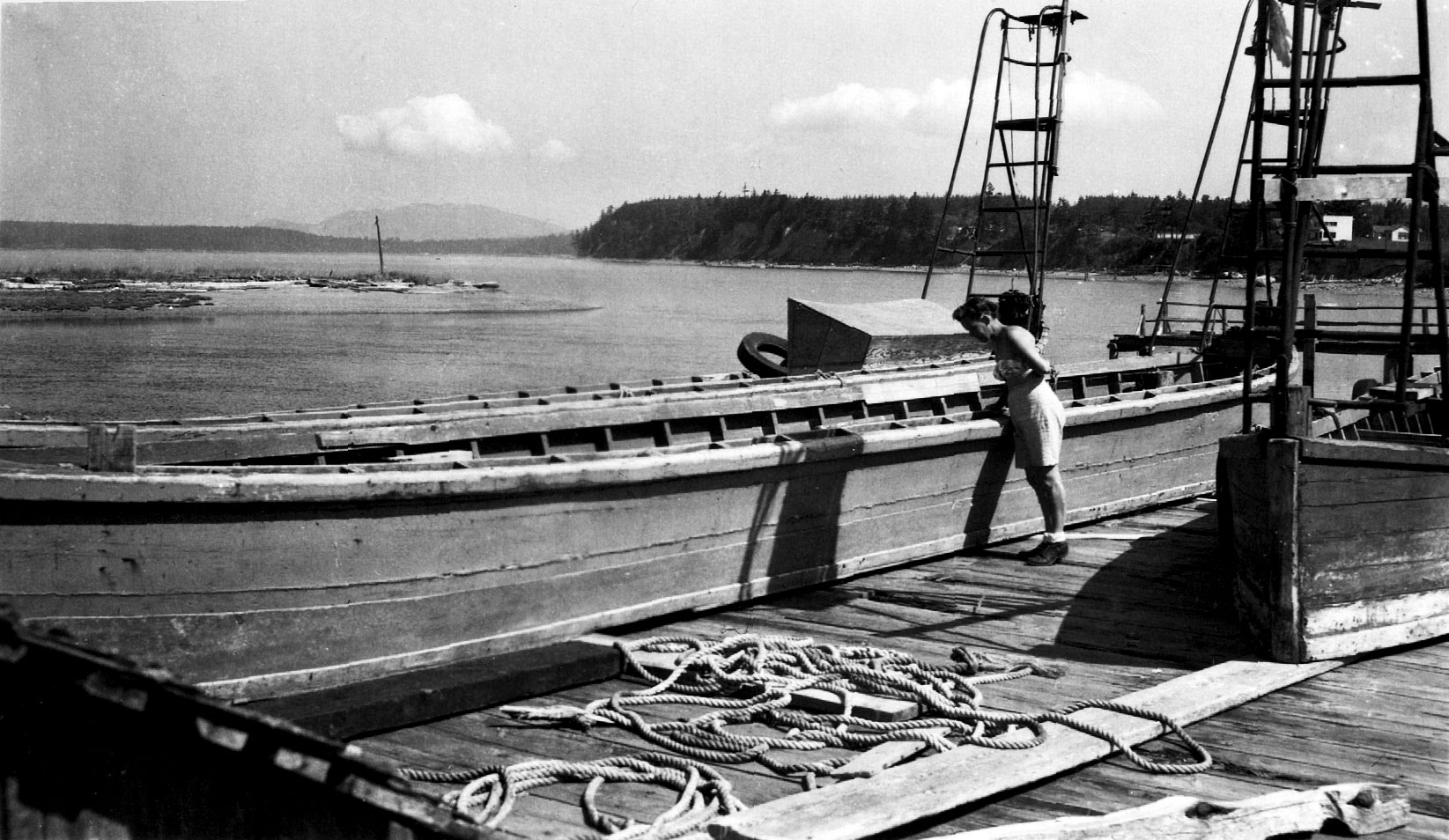
Island Life photos from 1880s - 1950s
Classic island images paint a picture of Lopez life from the settler era through the 1950s. Historic photos and documents of farming, fishing, logging, schools, stores, entertainment, industries, boosterism, tourism, and churches on the island. Read a contract for Chinese workers at a Richardson cannery, and learn about the short-lived Kelp Plant at Port Stanley and the forgotten rock quarry on Humphrey Head.
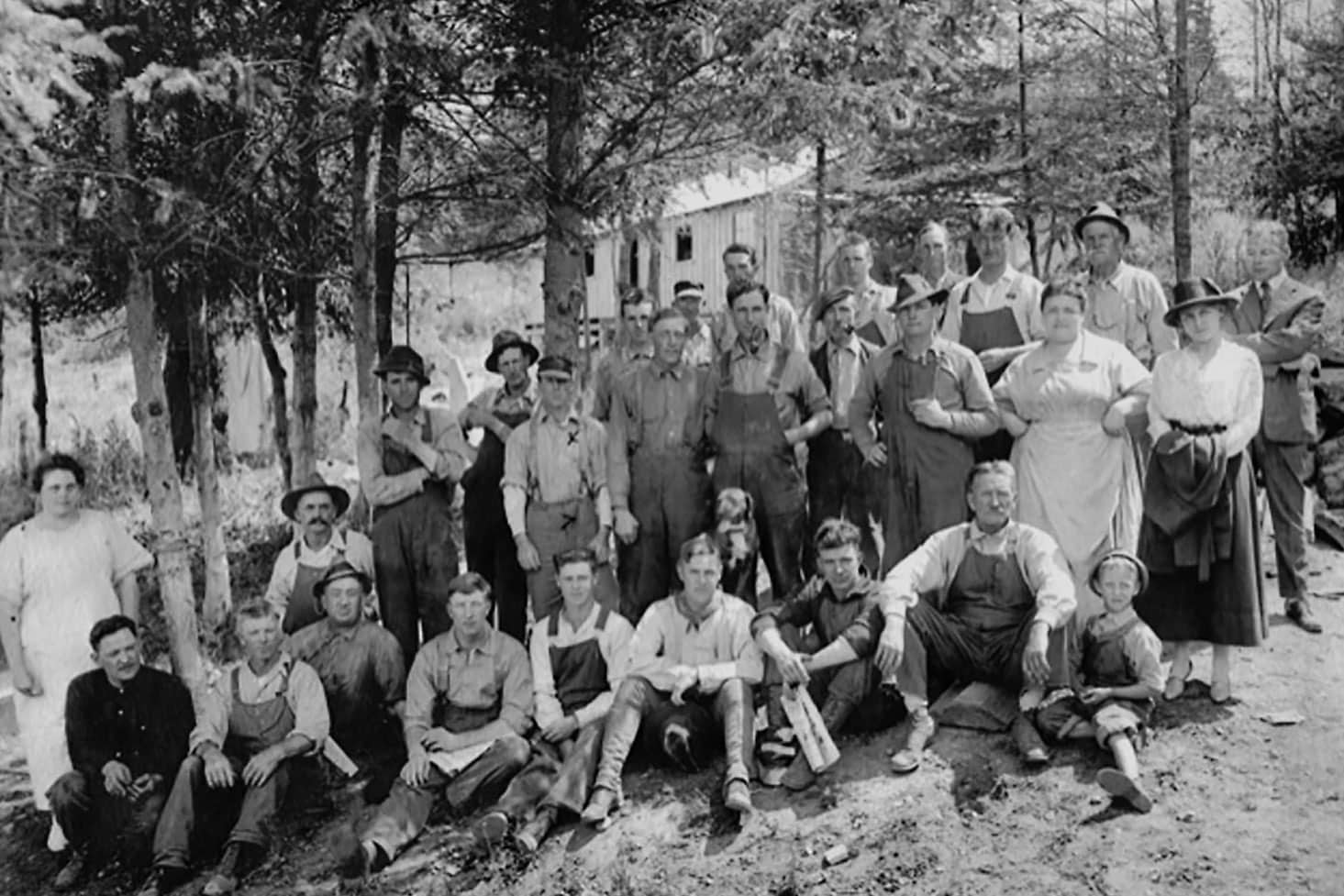
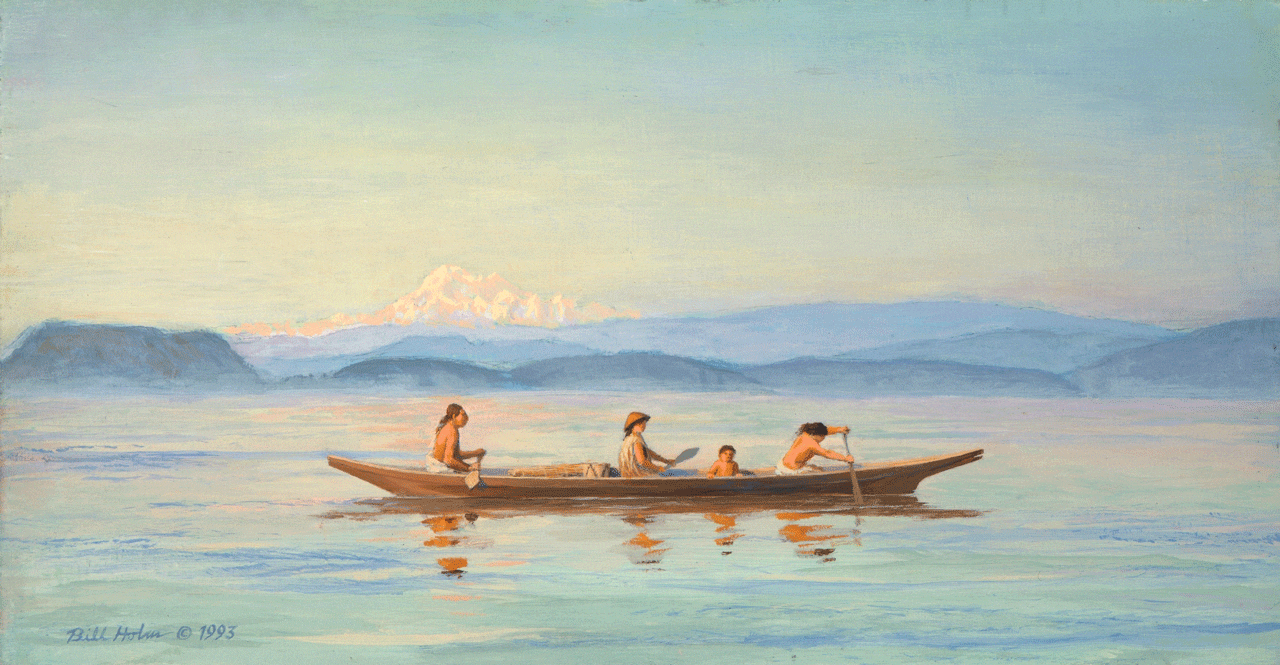
Some things we just can’t seem to put away
The Lopez Island Community Signature Quilt; Ralph Hitchcock’s incredibly accurate ship models of the steamer Rosalie and the Harvester King, a kelp-harvester turned car ferry; Jean and Fred Bartholomew’s fun and beautiful kitchen table, tiled with a hand-painted map of Lopez in 1961; and a dug-out canoe from the 1920s are some of the museum favorites that are always on exhibit.

A space for kids to play and tell their own Lopez story

Did wolves once wander Lopez?
Explore the natural history of Lopez, including evidence of wolves on the island! Birds, mammals, and plants of the coastal prairie habitats common to the San Juan Islands.
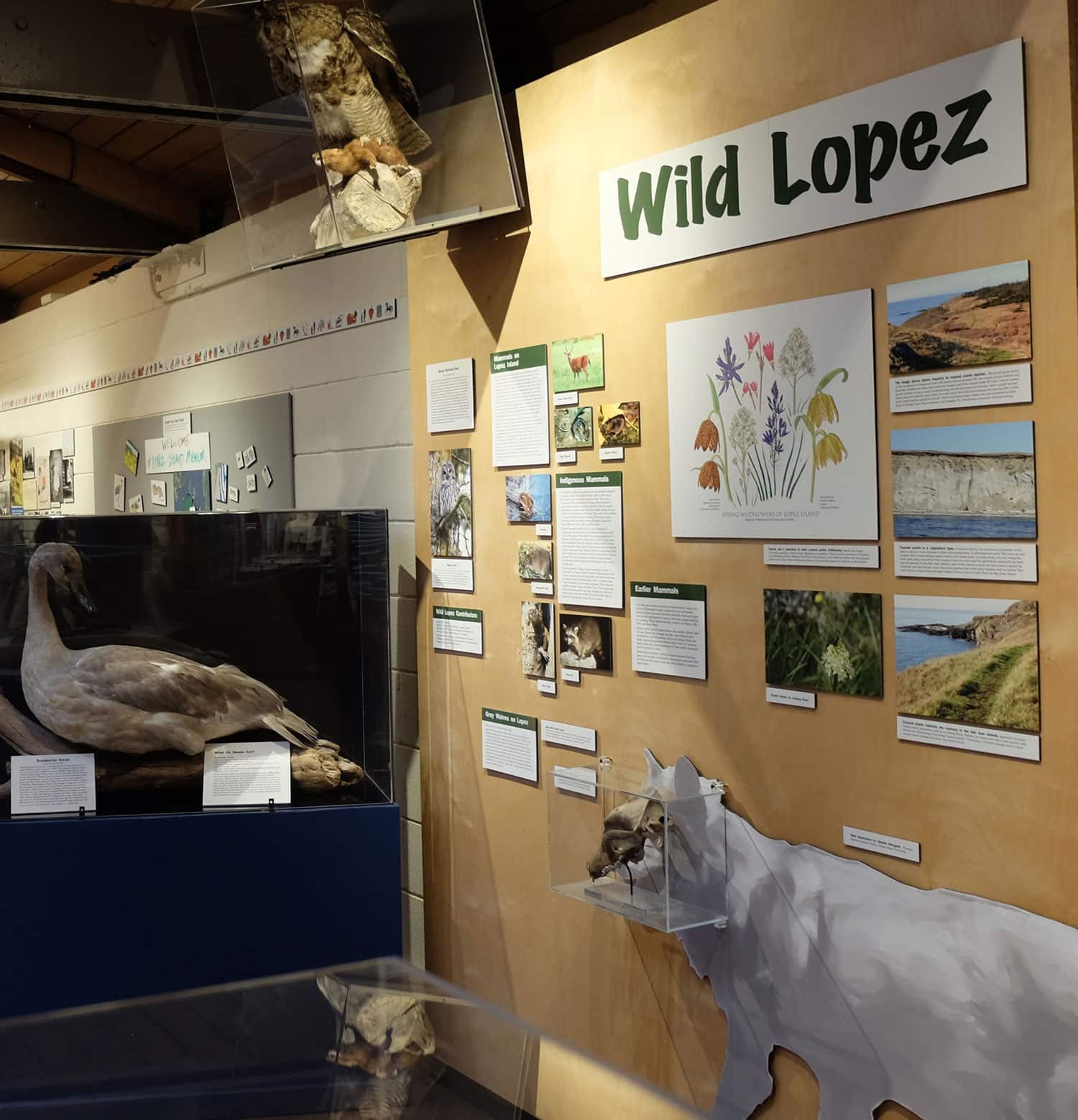
A maritime icon of the Salish Sea
Functional, wild, beautiful
Demonstration gardens of native plants that can help you invite wildlife and native pollinators to your yard.

Take a moment to stop and explore the past
Filled with fascinating, if rusty, bits of Lopez history and ways of life. A storied Captain’s Gig (a rowboat that served a larger ship); a skiff used on the reefnet fishing gear at the mouth of Fisherman’s Bay; and farming, logging, and fishing equipment of eras past. There is always something new to notice.
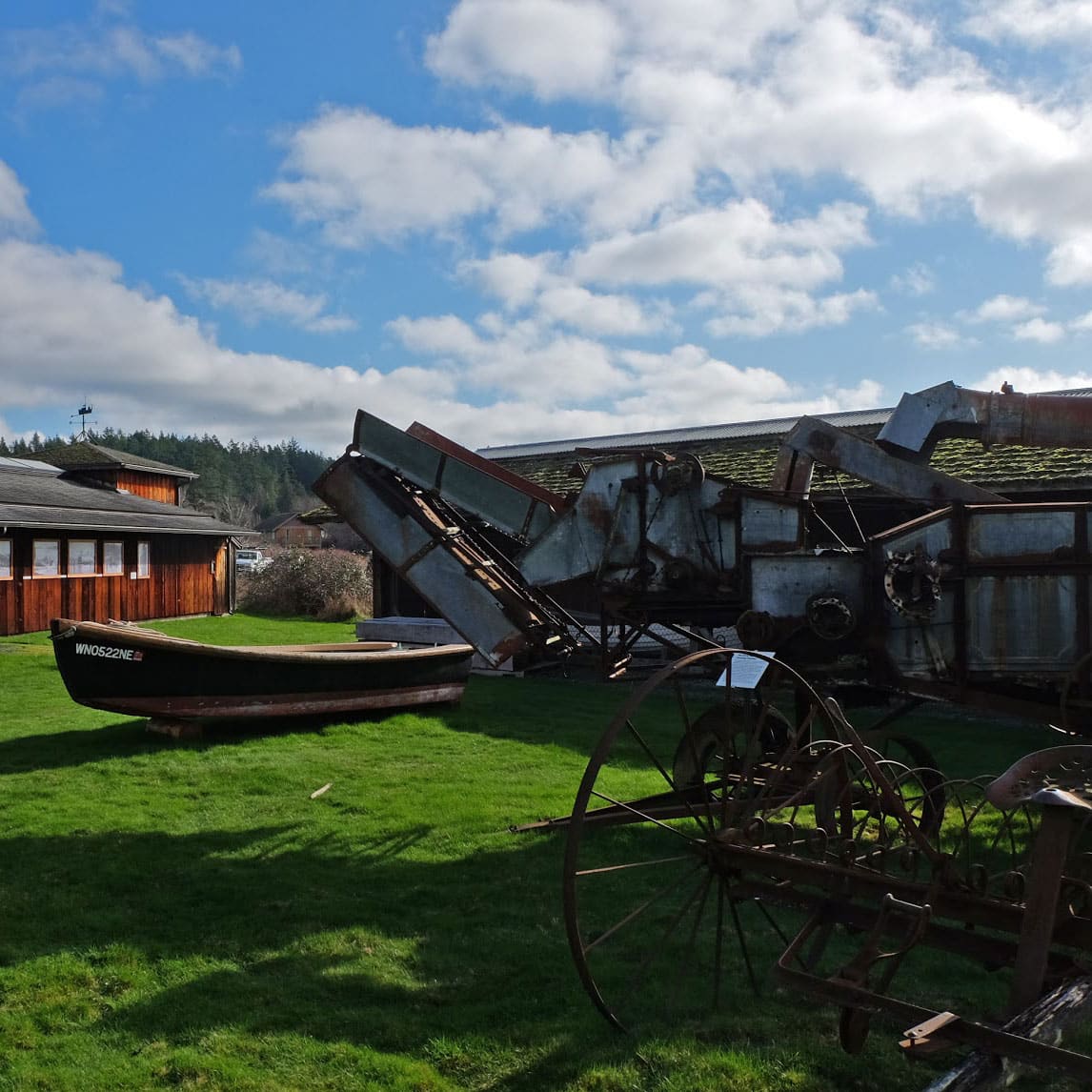
School is in session
